It’s once again time for my annual Chinese New Year trip back home, when I also take the opportunity to sample a few exciting new premium airline products along the way.
For the Year of the Dog, I had my maiden flights on ANA First Class and Cathay Pacific First Class on my way to and from Beijing. For the Year of the Pig, I experienced Singapore Suites for the very first time. So which uncharted territories at the front of an aircraft cabin lie ahead for the Year of the Rat?
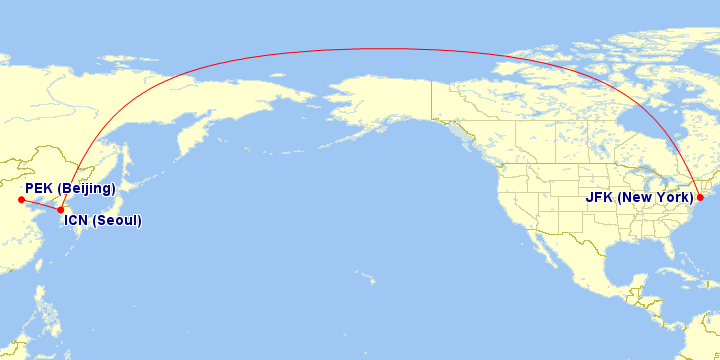
This redemption makes use of a very compelling redemption sweet spot within the Korean Air SKYPASS program, which allows you to redeem First Class tickets between North American and “North Asia” (which includes Japan, Korea, and China) for only 80,000 SKYPASS miles one-way.
However, there are a few reasons why this redemption isn’t necessarily the most realistic for most people. First off, the best way to earn Korean Air SKYPASS miles was historically by transferring points over from Chase Ultimate Rewards, although the two programs severed their partnership in mid-2018.
(I had transferred my 60,000 UR points over to Korean Air right before the partnership ended, because I knew I’d want to try their First Class at some point. When the time came to book this award, I then topped-up my account with 60,000 Marriott Bonvoy points, which converted into 25,000 SKYPASS miles, which got me enough to redeem the one-way First Class journey for 80,000 miles.)
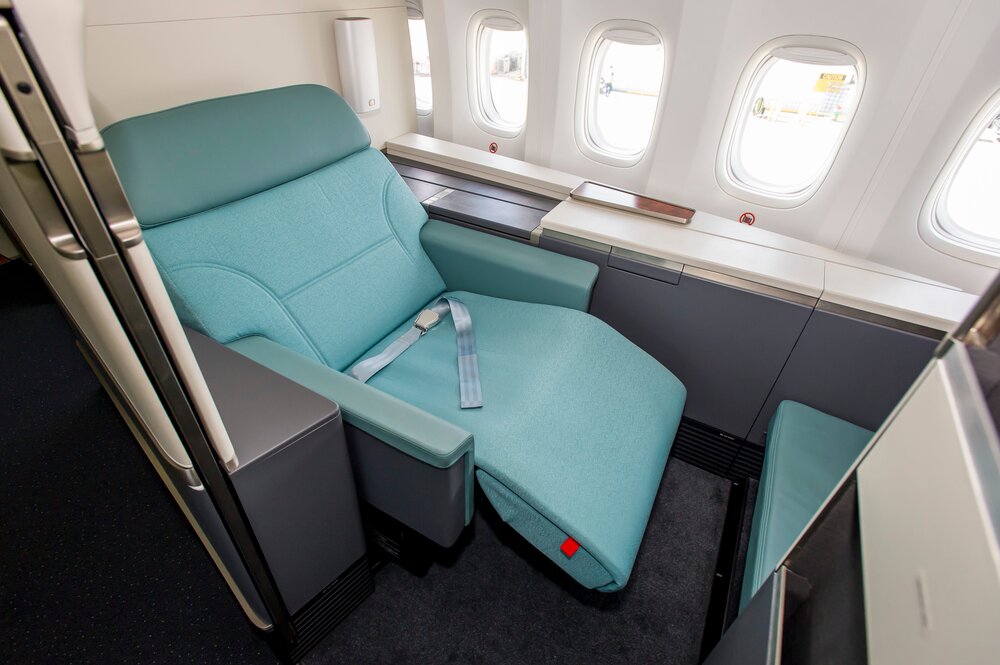
Korean Air 747-8 First Class
Second, Korean Air SKYPASS also recently announced a heavy devaluation to their award chart, although at least they gave plenty of notice. Starting in April 2021, SKYPASS will be moving to a new distance-based award chart, where the cost of First Class flights will be significantly higher.
All of this is to say that Korean Air First Class is a pretty challenging product to book at the moment. Moreover, your efforts to book First Class are arguably better spent elsewhere – while I’m sure it’ll be an awesome flight, Korean Air isn’t necessarily considered among the world’s best First Class airlines, and there are quite a few First Class products that generally outrank it while also being easier to book on points.
If you are determined to try out the Korean Air experience, there’s a little bit of good news: Korean Air is known for making tons of First Class award seats available to their SKYPASS members, so if you manage to rack up the 80,000 SKYPASS miles before April 2021 rolls around, then you should have no trouble finding award availability.
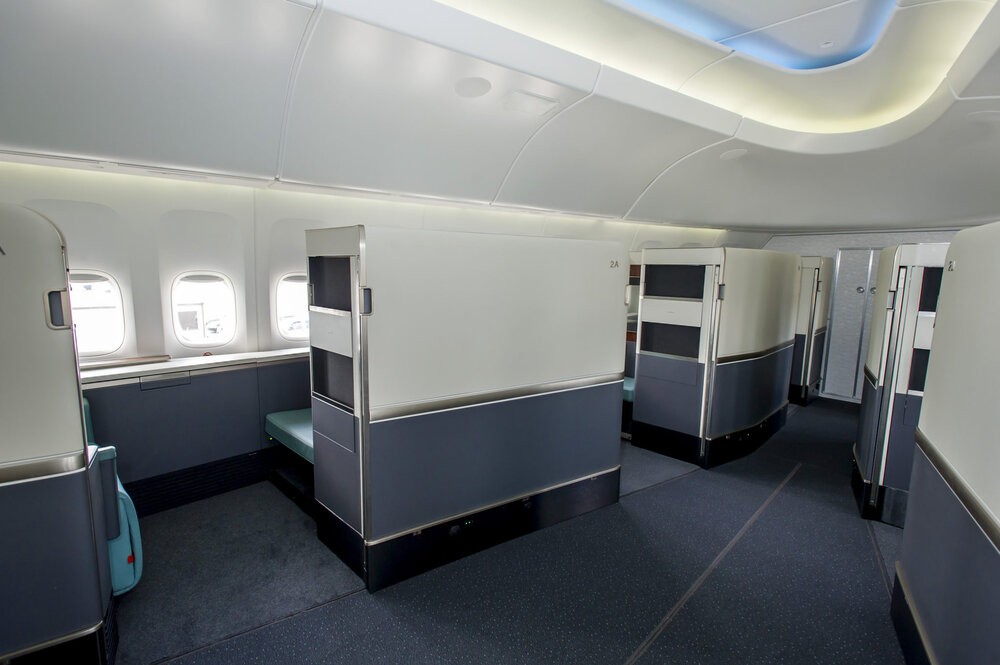
Korean Air 747-8 First Class
For this flight, I had specifically sought out a flight on Korean Air’s Boeing 747-8 – the airline puts their six-suite First Class cabin in the very nose of the Queen of the Skies, and I’ve selected Seat 1A right at the very front, and as an aviation geek to the very end, that promises to be very exciting!
The only remaining task was to book a positioning flight from Montreal to New York JFK. My Korean Air flight departs at 12:50am, and there aren’t any direct services getting into JFK at nighttime, so I used a leftover pile of 10,000 CIBC Aventura points to book a Delta flight to LaGuardia and will catch an Uber for the journey across Queens.
The Return
For the return journey, I’ve booked what I’d consider to be one of the most outstanding sweet spots within the Cathay Pacific Asia Miles program: not one, but two long-haul flights on Qatar Airways Qsuites for 90,000 Asia Miles and extremely minimal fees.
Asia Miles allows at most two segments, with a stopover in-between, on a one-way journey. The award chart for partner flights follows the regular chart for Cathay Pacific flights (which charges 85,000 Asia Miles for the highest distance zone), but you add 5,000 miles to the total for the privilege of flying on partners, to make it 90,000 miles in total.
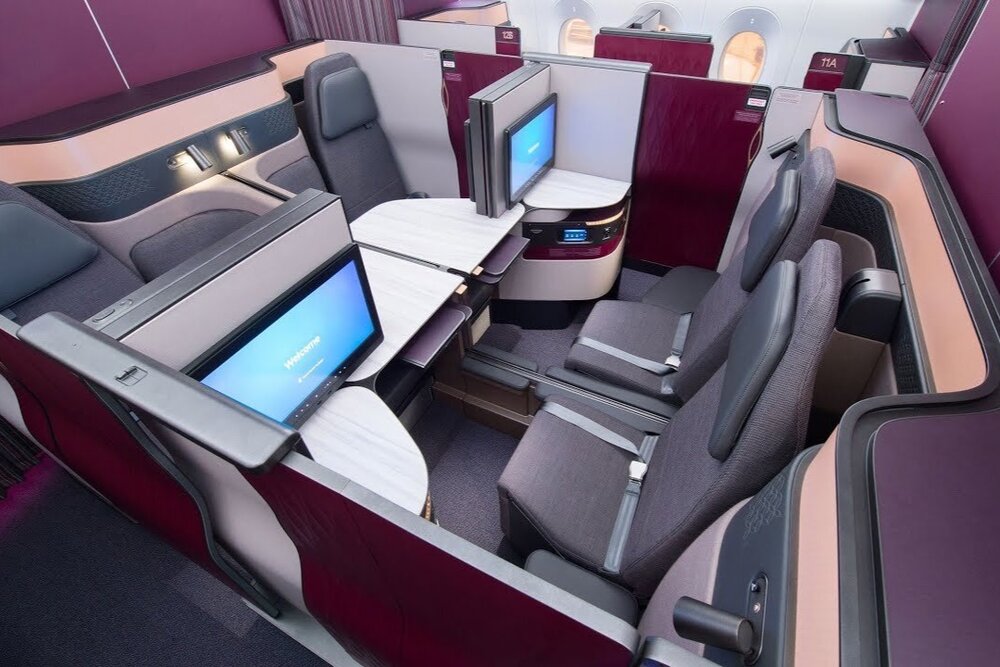
Qatar Airways Qsuites
My goal was therefore to book one flight on Qsuites from Asia to Doha, followed by another flight from Doha back to Montreal, making this trip yet another exciting round-the-world affair (and the first time I’m doing a circumnavigation in the westbound rather than eastbound direction, as it happens).
The fuel surcharge presented an additional challenge, though: Qatar Airways’s surcharges are usually in the range of $500 per flight, so in order to bring that down, I’m originating from Tokyo on the Haneda–Doha route, where fuel surcharges are heavily regulated, in order to bring my total taxes and fees down to a measly $90.
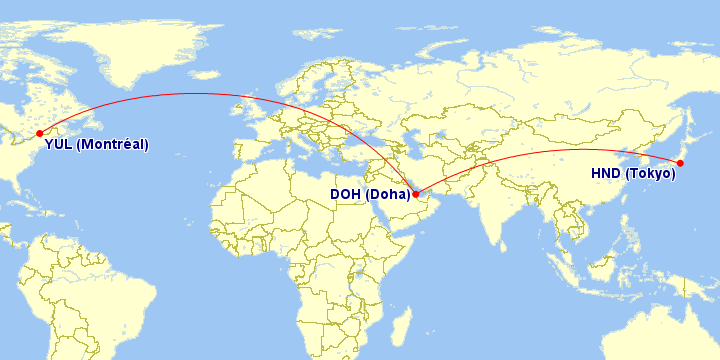
Haneda–Doha is operated by the Airbus A350-1000, while Doha–Montreal is on the Boeing 777, so I’m happy that I get to sample the Qsuites experience across two different aircraft. Moreover, unless I’m blindsided by yet another last-minute equipment swap (knock on wood!), I’ll finally get to fly on the A350 for the first time as well.
I’m also very excited, of course, to finally check Qsuites off my list. This product has been hailed as the world’s best business class until ANA’s “The Room” recently emerged to rival it, so I consider myself very fortunate to be able to try both products in a short time for a direct head-to-head comparison.
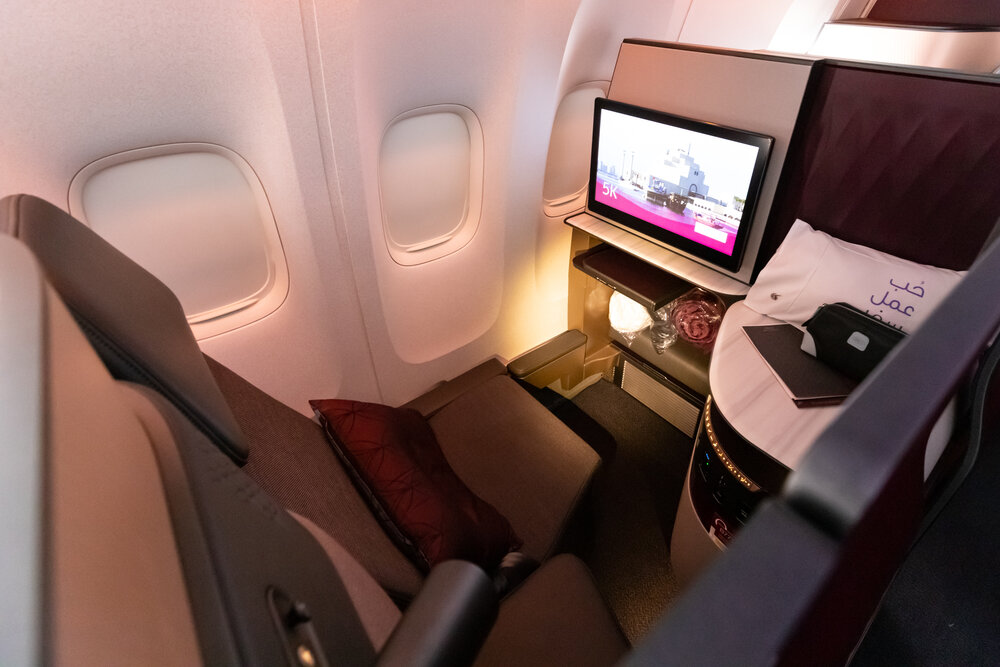
If you’d like to book a similar trip on Qsuites, you can earn Cathay Pacific Asia Miles by converting Amex MR, RBC Avion, or HSBC Rewards points (with a 10% bonus until the end of January), or get the RBC Cathay Pacific Visa Platinum to make it happen. Originating from a low-surcharge country will provide you with the best value, and you can always combine it with a separate redemption between, say, North America and Tokyo to make it a round-the-world trip (similar to what I did).
Now, when making the Asia Miles booking, I had decided to take advantage of the ability to add a stopover on the one-way journey and gave myself a four-day stay in Doha. And a little while later, I realized that while Doha would be interesting to see, I also wanted to scope out some more of the Middle East while I’m in the region, so I decided to book a side-trip to Kuwait City as well.
Here’s where a very specific sweet-spot on British Airways Avios comes into play: Qatar Airways markets the business class on their intra-Gulf flights as “First Class”, meaning that when you book a premium flight from Doha to one of the other Gulf countries, you get access to the magnificent Al Safwa First Class Lounge at Doha Airport – even if your flight is only an hour long!
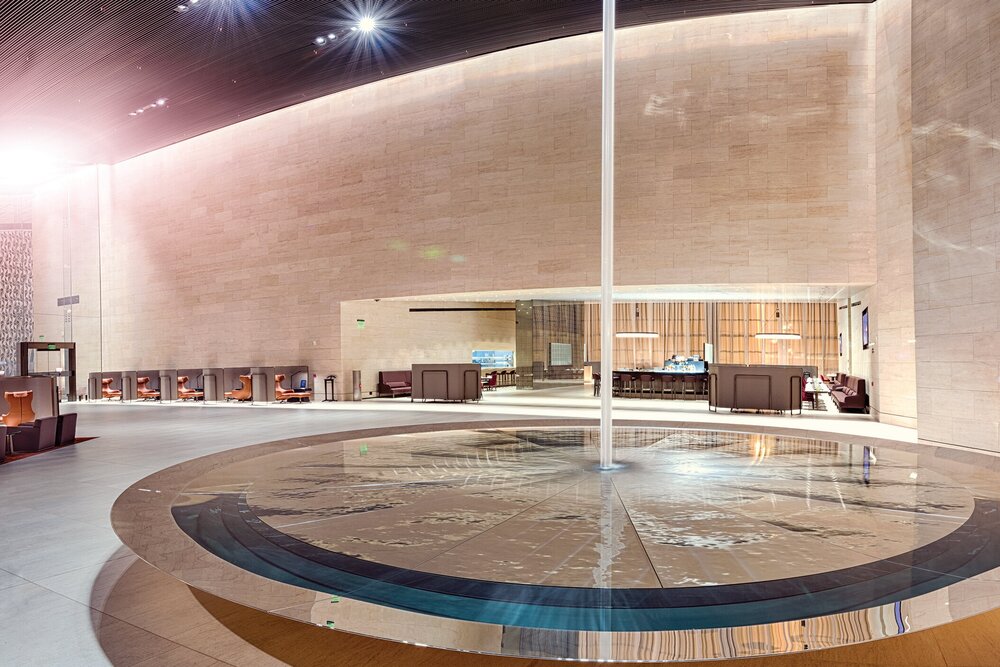
Qatar Airways Al Safwa First Class Lounge Doha
I of course couldn’t resist this opportunity, so I booked “First Class” on the outbound and economy on the return for 24,000 and 6,000 Avios respectively.
That just left me with the small matter of getting from Beijing to Tokyo to start my flight, and for that purpose I booked Japan Airlines business class using 22,000 Avios. As many of you know, JAL is one of my favourite airlines and they’ve never disappointed even on regional flights in Asia, so this should get the journey off to a very good start.
In the end, my itinerary looks as follows:
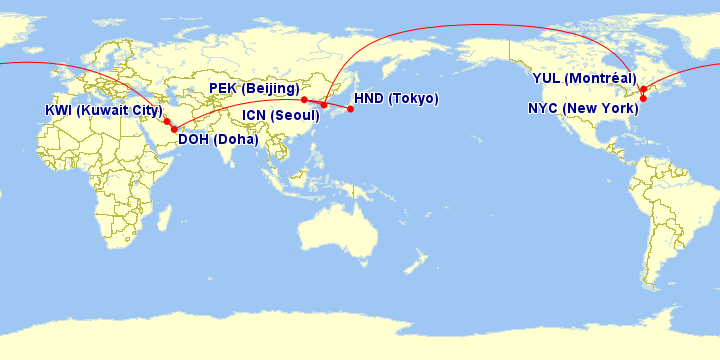
-
Montreal to New York LaGuardia on Delta, departing 6:26pm and arriving 8:10pm, economy class
-
New York JFK to Seoul Incheon on Korean Air, departing 12:50am and arriving 5:15am the next day, First Class
-
Seoul Incheon to Beijing Capital on Korean Air, departing 11:10am and arriving 12:40pm, business class
-
Beijing Capital to Tokyo Haneda on Japan Airlines, departing 8:35am and arriving 12:55pm, business class
-
Tokyo Haneda to Doha on Qatar Airways, departing 11:50pm and arriving 6:10am the next day, business class
-
Doha to Kuwait City on Qatar Airways, departing 3:05pm and arriving 4:35pm, First Class
-
Kuwait City to Doha on Qatar Airways, departing 11:25pm and arriving 12:50am the next day, economy class
-
Doha to Montreal on Qatar Airways, departing 8:10am and arriving 1:50pm, business class
The Hotels
I obviously don’t need to book a hotel in Beijing, but since my parents seemed to be feeling a little left-out after I treated my aunt’s family to an experience at the St. Regis Shenzhen last summer, I decided to treat them to a luxury “staycation” in Beijing on this trip.
However, when I took a look at my preferred loyalty program, Marriott Bonvoy, I felt quite underwhelmed by their selection of Beijing hotels. For a memorable staycation, I was looking for a hotel that’s at the level of a St. Regis or a Ritz-Carlton, but none of the three properties (there are two Ritz-Carltons in Beijing) looked particularly modern from the pictures, with the St. Regis Beijing especially looking far past its prime.
In the end, I decided to look beyond Marriott, and eventually decided that the Waldorf Astoria Beijing, which only opened a few years ago and has some amazing suites in the mould of Beijing’s traditional hutong courtyards, would be a great option. Furthermore, I’d be able to take advantage of my Hilton Diamond benefits at this hotel, such as the complimentary breakfast, thanks to my Hilton Aspire Card.
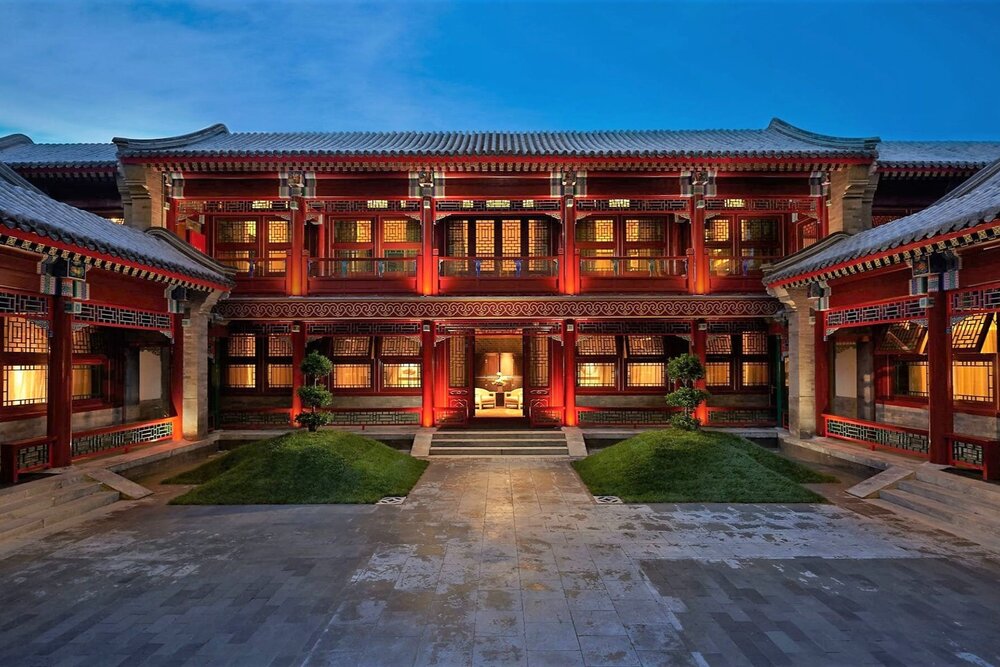
Waldorf Astoria Beijing
The Waldorf was going for either 80,000 Hilton Honors points or about $450 Canadian dollars all-in, and I didn’t think that either option represented excellent value. But then I remembered that my Aspire Card also comes with an annual free night certificate, which needed to be redeemed sometime in 2020, and since I didn’t have any other plans for it at the moment, a one-night staycation at the Waldorf Astoria seemed like a good enough use.
I’ll be very curious to see what my first experience at a Waldorf Astoria hotel is like, and to compare it against the other hotel chains’ top-tier luxury brands (St. Regis, Ritz-Carlton, InterContinental, Park Hyatt, etc.) that I’ve tried thus far.
That left me with two nights in Doha and one night in Kuwait City that I still needed accommodations for. Luckily, Marriott properties in the Middle East are generally priced quite favourably, and I was surprised to discover that both the W Doha and the JW Marriott Kuwait City were only designated as Category 4 within Marriott Bonvoy.
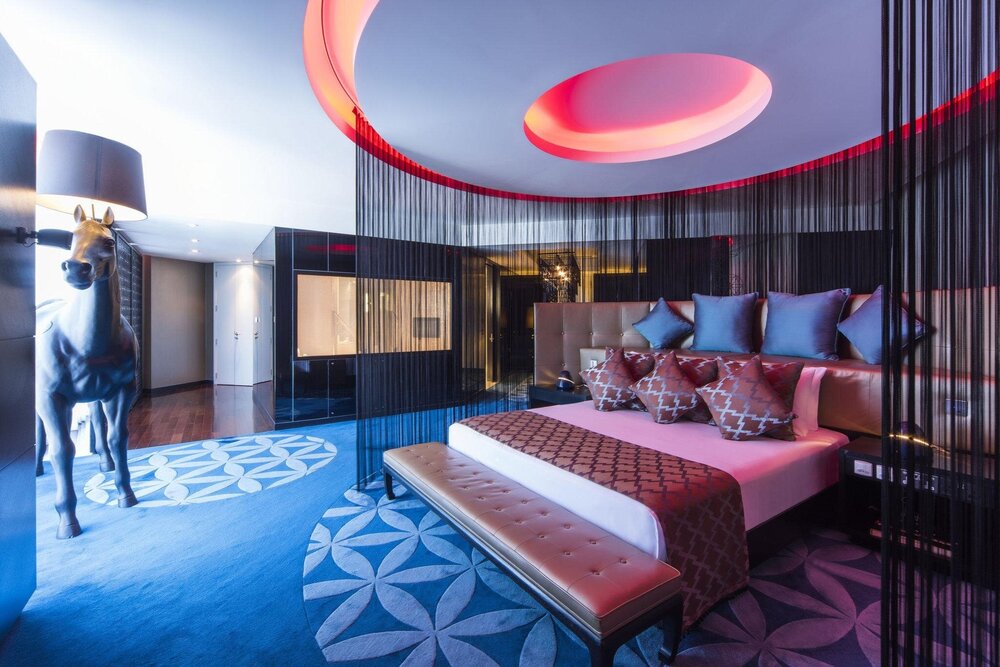
W Doha
Nevertheless, the lowest cash rate at the W Doha of $202/night still seemed like better value given my 1 cent per point valuation of Bonvoy points, so I paid cash for that stay. Meanwhile, the JW Marriott Kuwait City, despite being one of the older-generation JW Marriotts whose decor looks somewhat tired, is priced at a rather obscene level of 90 KWD ($380) per night! As you can imagine, I couldn’t have been more eager to secure the room at the Category 4 rate of 25,000 Bonvoy points.
As for Doha and Kuwait City themselves, while on the surface they both give me the same vibes as Dubai’s overwhelming decadence, I do very much look forward to seeing more of the Middle East and spending some time among the museums, souks, and corniches of these two cities.
If I’m being honest, a lot of my travels recently have been more motivated by indulgent jet-setting than actual time on the ground exploring a new place, so a few days of steadfast sightseeing – in some decidedly warmer weather than the rapidly approaching deep winter of Montreal – should do me a world of good.
My total out-of-pocket costs for this trip came to the following:
-
CIBC Aventura taxes and fees, YUL–LGA: $85
-
Korean Air SKYPASS taxes and fees, JFK–ICN–PEK: $230
-
British Airways Avios taxes and fees, PEK–HND: $40
-
Cathay Pacific Asia Miles taxes and fees, HND–DOH–YUL: $90
-
British Airways Avios taxes and fees, DOH–KWI–DOH: $151
-
Two-night stay at the W Doha: $404
-
Total: $1,000 (I mean, what are the odds?)
Conclusion
I’m thrilled to be continuing the traditions of my last few Chinese New Year trips as I embark on Korean Air First Class and Qatar Airways Qsuites for the first time, on either side of catching up with friends and family in Beijing.
That’s all topped off with a staycation at the Waldorf Astoria, a satisfying Avios sweet spot that should bring me to Doha Airport a solid six hours in advance to truly savour the Al Safwa First Class Lounge, and a few countries in the Middle East that I’ve never visited before.
Whereas Aeroplan and Alaska miles were my points currency of choice in previous years, I’m also happy to have expanded into the sweet spots of a few different award programs this time around – Chase Ultimate Rewards, Asia Miles, Hilton Honors, etc. It really goes to show the power of continually diversifying your mileage game and being involved in as many programs as you can stay on top of.













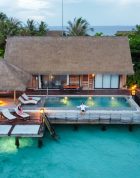

Al Safwa is pretty nice if a little sterile. I definitely enjoyed my time there but it is sparse.
In my opinion you should also include the costs of the points and miles… acquiring them carry the cost of annual fees or Plastiq fees, for example, unless 100% of the points come from actual swipes that translate into goods or services. Even MS has its costs…
It’s minuscule at best. I’ve been churning for 5 years (probably 3-4 million airline miles redeemed). I’ve only spent $3000 on fees. I don’t use plastiq. My MS techniques have no cost (other than time 😉
This is a good point and while I do have records of all the fees somewhere, it would be a laborious exercise to match every redemption to the fees that were paid to earn those points, especially when you’re earning and burning consistently over time.
I know some people prefer to go through the trouble and figure out exactly how many “real dollars” a trip has cost, but for me, I’m happy as long as I know I’m getting significantly outsized value compared to not using points.
Good topic for a future discussion post, actually.
Can you also post total redemption miles used to accompany $ spent? Tia
Quick maths: